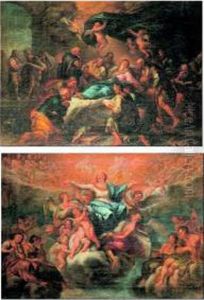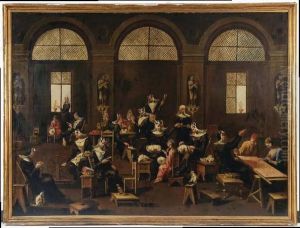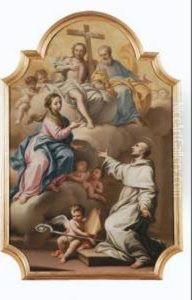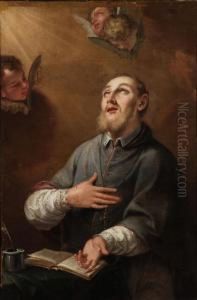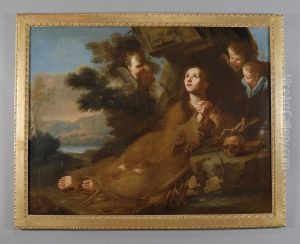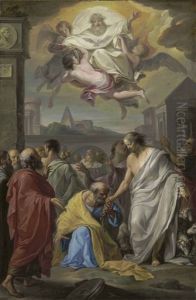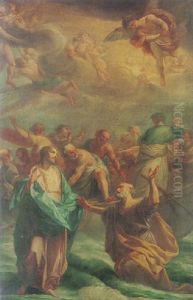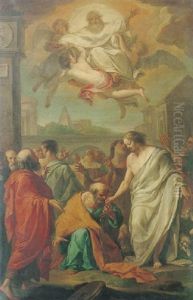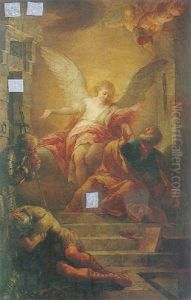Carlo Giuseppe Ratti Paintings
Carlo Giuseppe Ratti was an Italian art historian, painter, and engraver born in 1737 in Savona, a coastal city in Liguria, Italy. His contributions to the field of art history, particularly through his documentation and study of Genoese art, have left an indelible mark on the understanding of Italian Baroque painting and sculpture. Ratti's work is often viewed within the context of the Enlightenment period in Europe, a time characterized by a burgeoning interest in categorizing, understanding, and critiquizing the arts through a more scientific and historical lens.
Ratti's most significant contribution to art history is his detailed biographical dictionary titled "Instruzione di quanto può vedersi di più bello in Genova in pittura, scultura ed architettura," first published in 1766. This guidebook to the art and architecture of Genoa was an extensive project that highlighted the city's artistic heritage, offering insights into the lives and works of Genoese artists, as well as those from other regions who contributed to the city's artistic landscape. The work was not only a testament to Ratti's deep knowledge and appreciation of art but also served as an invaluable resource for scholars and art enthusiasts interested in the Genoese Baroque style.
Throughout his life, Ratti was deeply involved in the artistic community of Genoa. He studied painting under Domenico Piola, a prominent figure in the Genoese Baroque movement, and later under Lorenzo De Ferrari, whose influence is evident in Ratti's own artistic style. Despite his talents in painting and engraving, Ratti's lasting legacy is his scholarly work. His meticulous approach to documentation, combined with his firsthand experience as an artist, provided him with a unique perspective on art that was both deeply informed and critically engaging.
Ratti's career also included a significant period of collaboration with other scholars and artists, including the eminent Genoese art collector and historian, Anton Maria Zanetti. Their correspondence and shared interests in the arts underscored the vibrant intellectual exchange characteristic of the Enlightenment period. Ratti's endeavors culminated in a rich body of work that not only chronicled the artistic achievements of his time but also laid the groundwork for future generations of art historians.
Carlo Giuseppe Ratti passed away in 1795, leaving behind a legacy that continued to influence the field of art history. His work provided a foundation for the study of Genoese and Italian art, marking him as a pivotal figure in the development of art historical scholarship. Ratti's dedication to the arts, both as a practitioner and historian, exemplifies the Enlightenment's spirit of inquiry and the profound impact of individual scholars on the preservation and understanding of cultural heritage.
